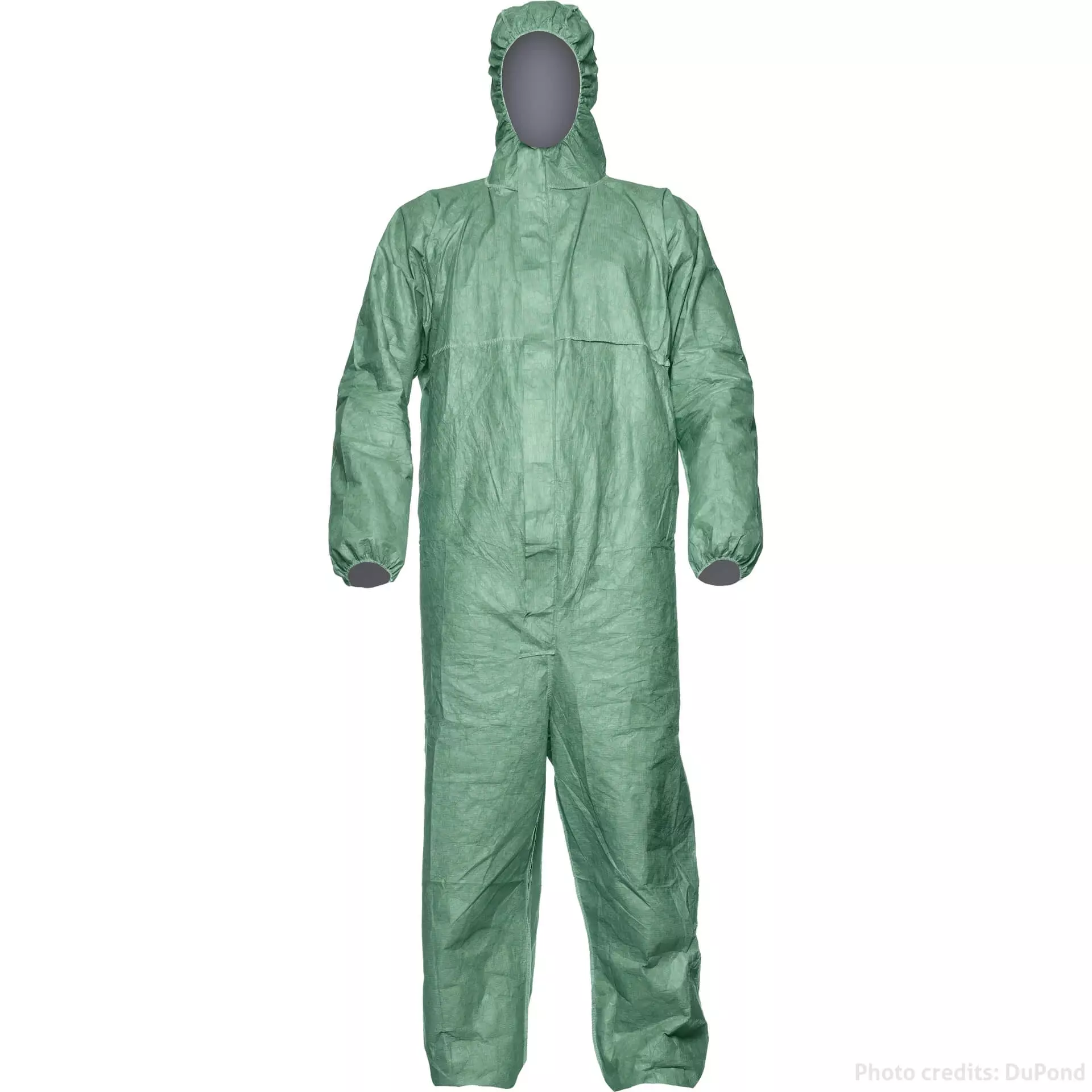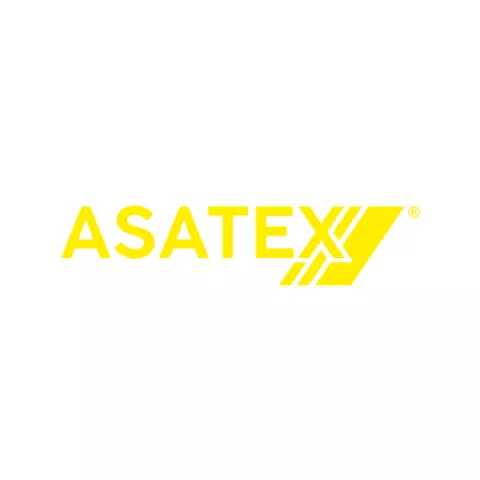DuPont TYVEK® 500 XPERT CHF5 Protective Coverall
3.1 / 5
Product description
- Hood
- Elasticated cuffs, leg ends and hood
- Zipper with cover
- Glued-in elastic in the back area
- External seams
- Ergonomic design
The DuPont logo, DuPont™, The miracles of science™ and all products marked with ™ or ® are trademarks or registered trademarks of DuPont de Nemours, Inc. DuPont's trademarks may not be used in connection with any product or service that is not DuPont's.
Polyethylene spunbond
EN ISO 13982-1:2004 A1:2010, EN 1073-2:2002, EN 13034:2005 A1:2009 Type 6, EN 14126:2003
About Disposable Coverall
Disposable Coveralls provide full-body protection against contaminants, dust, and hazardous materials in a convenient single-use design. Featuring integrated hoods and secure closures, these lightweight suits offer essential coverage for healthcare, industrial, and laboratory environments while allowing comfortable movement during tasks.
- Chemical Resistance
Standards and labels
Asatex delivery terms
Free delivery for all Asatex products
864,18 €
Price per 100 packages (100 pcs)
8,64 € / piece
Free delivery
A carton contains 100 packages (100 pieces)



